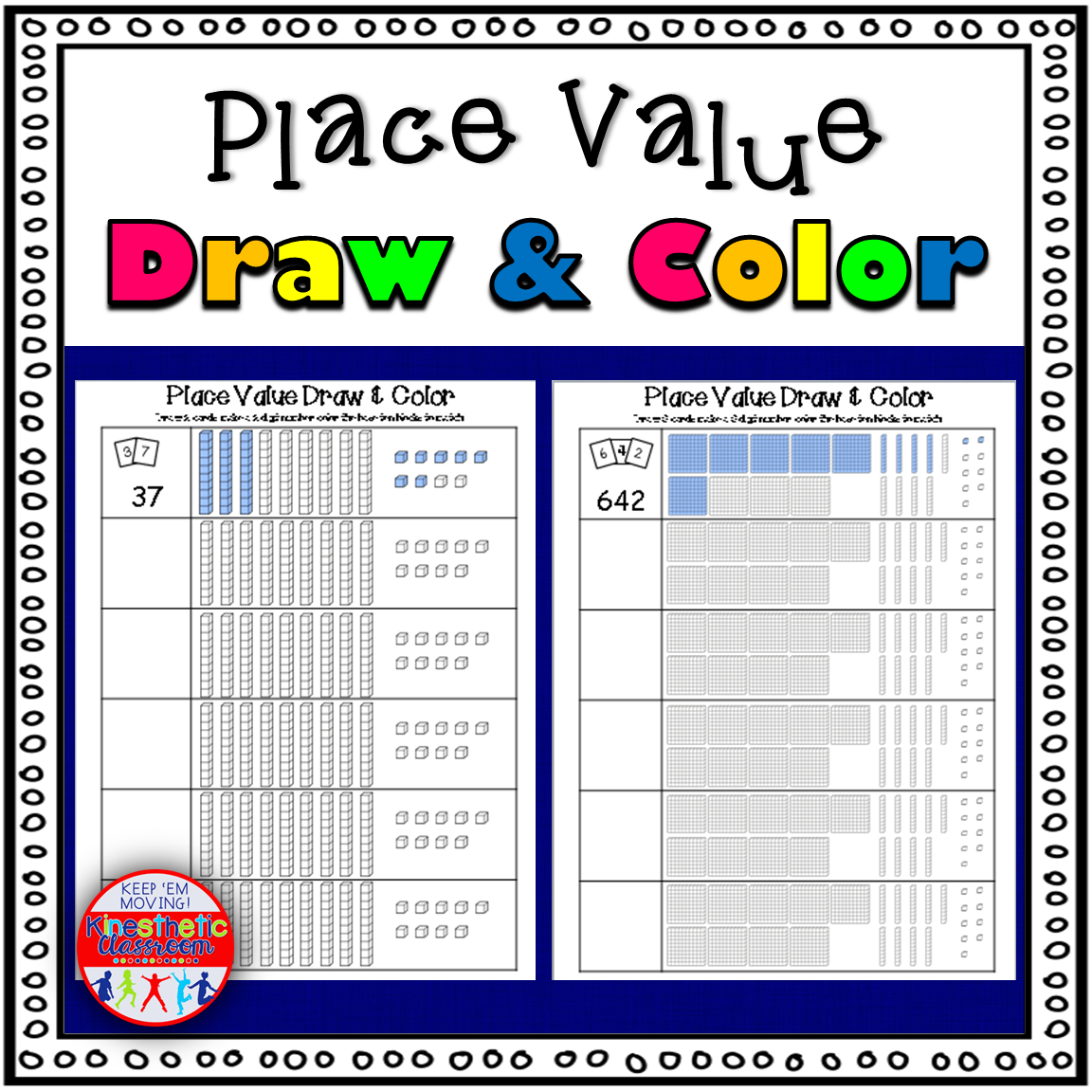Place value blocks are a visual representation of numbers that help students understand the concept of place value. Each block represents a different place value, such as ones, tens, hundreds, and so on. By using place value blocks, students can physically see how numbers are composed of different units and understand the relationship between them.
This worksheet is designed to help students practice drawing place value blocks to represent different numbers. Each question on the worksheet will provide a number, and students will need to draw the corresponding place value blocks to represent that number. This hands-on activity will reinforce students’ understanding of place value and help them visualize numbers in a concrete way.
Tips for Drawing Place Value Blocks
When drawing place value blocks, start by understanding the value of each block. For example, a unit block represents ones, a rod block represents tens, a flat represents hundreds, and so on. Use different colors for each block to make it visually appealing and easier to differentiate between them. Make sure to align the blocks properly to represent the correct place value of each digit in the number.
Benefits of Using Place Value Blocks
Using place value blocks in worksheets helps students develop a strong foundation in understanding numbers and place value. It encourages them to think critically and visually represent abstract concepts, which can improve their math skills and problem-solving abilities. By practicing drawing place value blocks, students can enhance their math fluency and gain a deeper understanding of how numbers work.

